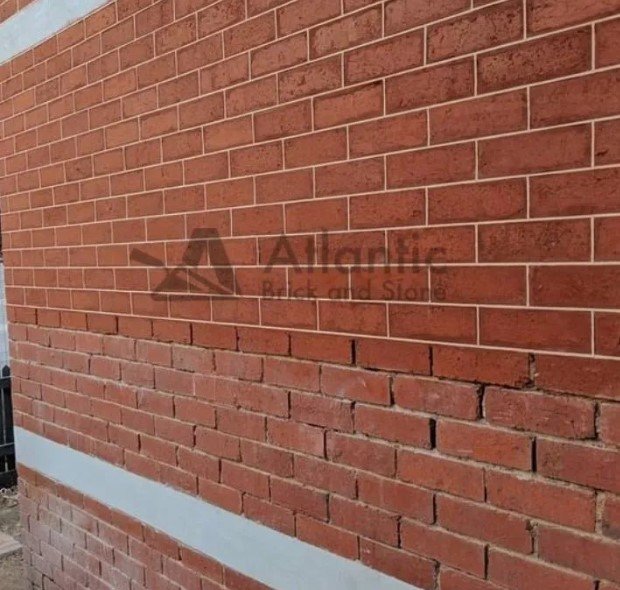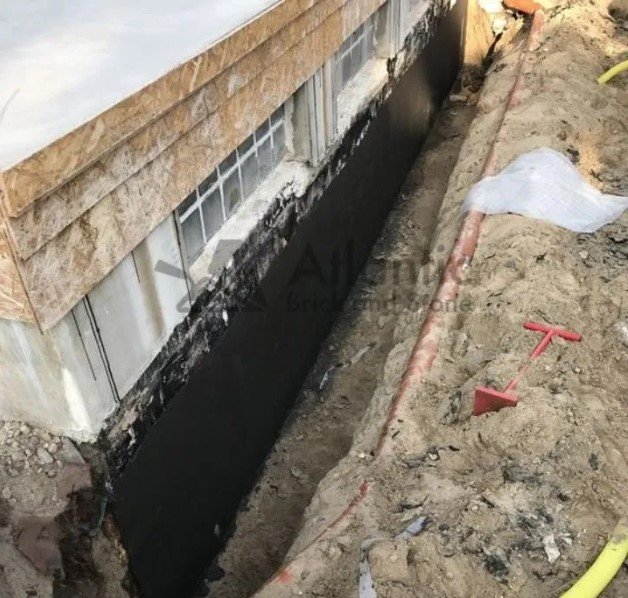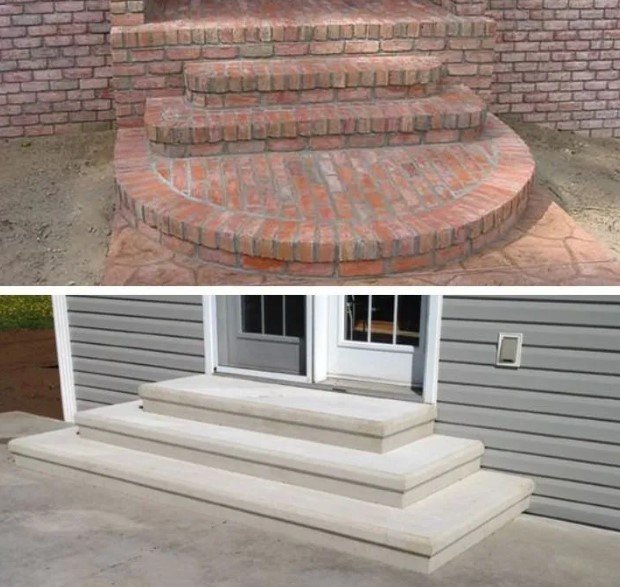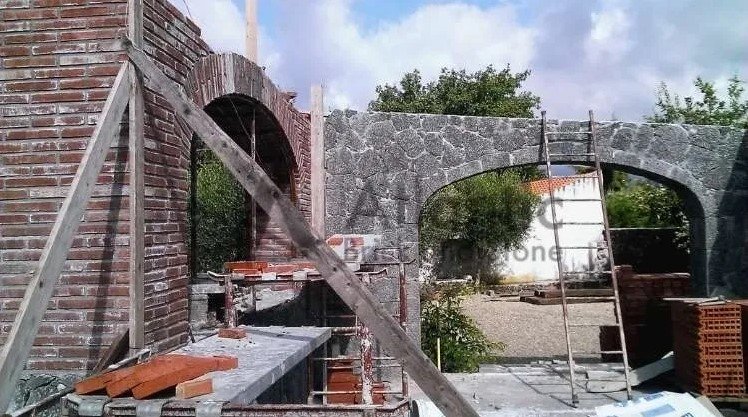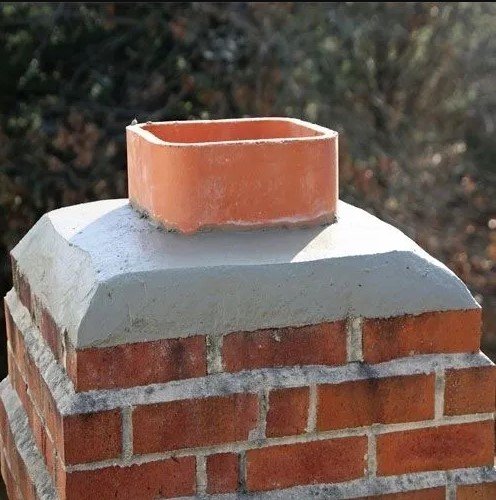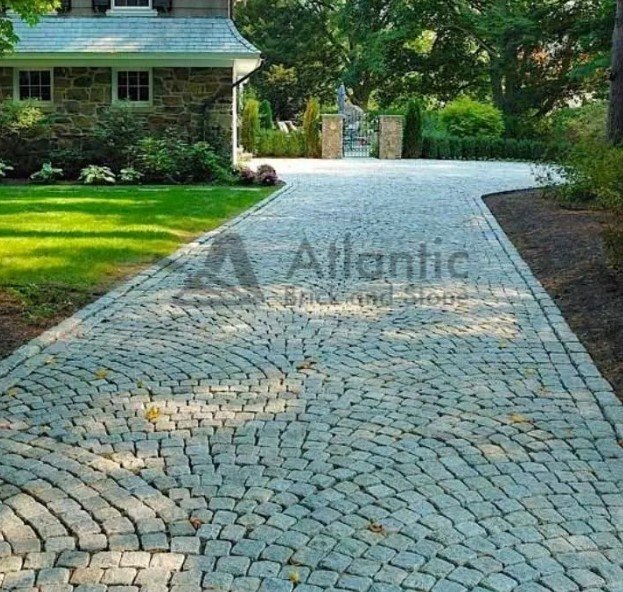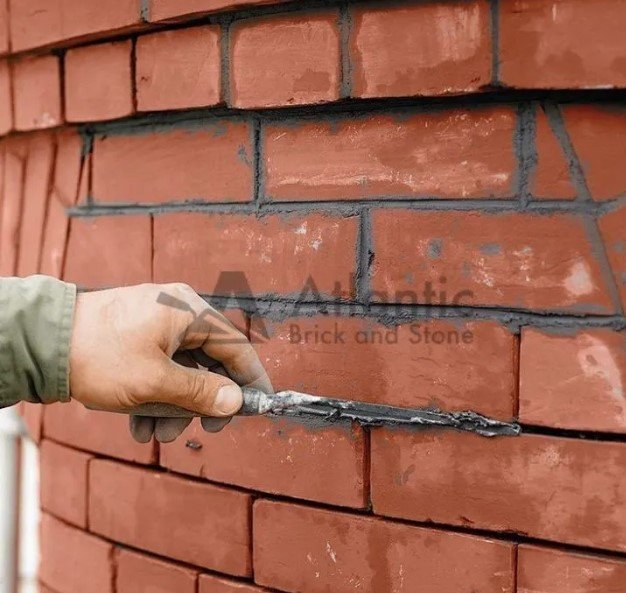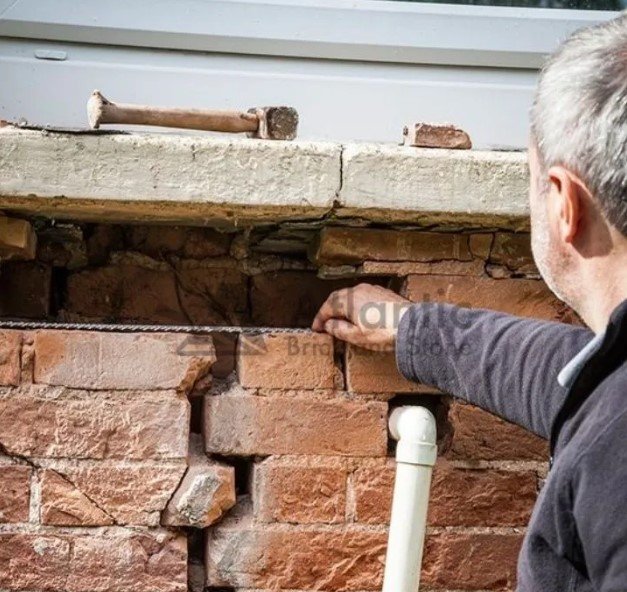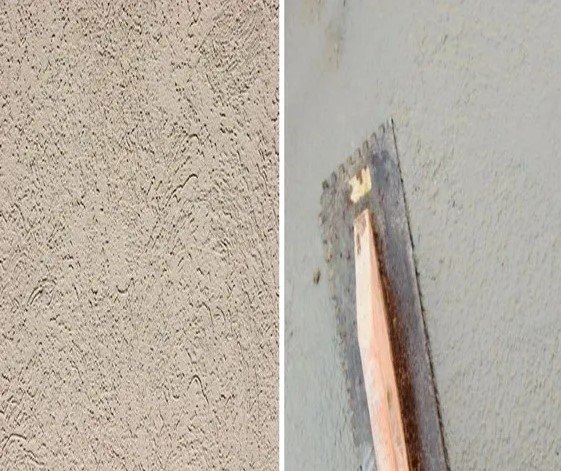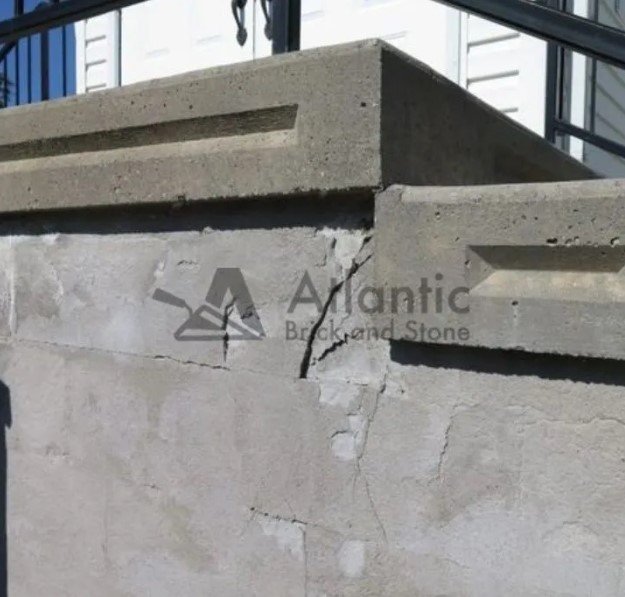Signs Your Building Might Need Tuckpointing
Signs Your Building Might Need Tuckpointing As a building owner, it’s important to keep an eye out for potential issues before they become serious problems. One key maintenance task is checking for signs that your brickwork may need tuckpointing. Tuckpointing, which is the process of repairing deteriorated mortar joints between bricks, stone, or concrete blocks, helps maintain the structural integrity and aesthetic appeal of your building. Let’s look at some common signs that it may be time for a professional tuckpointing job. What is Tuckpointing? Tuckpointing is the process of removing deteriorated mortar from the joints or seams between bricks, stones, or concrete blocks and replacing it with new mortar. Mortar is the material that bonds together and holds up the surrounding masonry units like bricks. Over time, mortar can break down due to wear and tear from weathering, causing issues like cracking, loosening of materials, and increased risks of water damage. Tuckpointing helps address mortar deterioration to prevent these issues from escalating. It’s an important maintenance procedure for brick chimneys, walls, and other masonry structures. How to Tell if Your Building Needs Tuckpointing There are several visible signs that could indicate your building’s mortar joints require tuckpointing. Keep an eye out for the following issues. Crumbling Mortar Perhaps the most obvious sign is simply noticing that the mortar between bricks is breaking down and falling apart. Crumbling mortar can lead to gaps forming that allow water to seep in, risking damage to the bricks or stone over time if left unattended. Gaps Between Bricks Spaces or gaps may appear between bricks due to missing or eroded mortar no longer adequately bonding and supporting the individual bricks or stones. This is a key sign that tuckpointing is needed to fill in these gaps. Discoloration of Mortar Take note if sections of mortar in your walls have noticeably different coloring than the surrounding mortar. This is commonly a lighter color and could indicate moisture issues with that specific area. Proper tuckpointing can help resolve discolored mortar joints. Efflorescence You may see a white, powdery substance accumulating on surface areas of your brickwork or mortar joints. This is efflorescence, which is caused by salt deposits left behind when water enters pores in the material and later evaporates. Its presence is a telltale sign of moisture penetration needing to be addressed. Water Leakage and Stains Look for visible signs like water stains, peeling paint, or other indications of where water may be penetrating through cracks in your masonry. Seepage issues could worsen over time if damaged mortar joints allow water easy entry points. Tuckpointing helps waterproof and supports long-term protection. Visible Cracks in Bricks Individual bricks showing cracks are a concern, as this damages the brick itself and compromises the structural integrity of the wall. Cracks may form due to brick movement from eroded mortar failing to properly hold bricks in place. Loose or Spalling Bricks Be on alert for bricks that appear loose, are popping out of position, or have small chips falling off their surface. Each of these issues can indicate mortar is no longer firmly bonding bricks where tuckpointing repair is necessary. What Happens When Tuckpointing is Ignored Ignoring mortar deterioration signs can have serious consequences. Crumbling mortar leads to gaps allowing water damage over time from seepage and winter freezing. Loose bricks and cracks become structural issues, risking wall collapse. Efflorescence stains worsen without repair. Cosmetic and resale value issues arise. Minor repointing needs become extensive, costly repairs if not addressed early through regular mortar maintenance. How to Inspect Your Building for Tuckpointing Needs Conducting an inspection of the exterior of your home, chimney, walls, or other structures can help determine the need for tuckpointing repairs. Look closely along mortar joints between your bricks, stones, or blocks for any signs of: Crumbling, cracked, or loose mortar that seems to be breaking down Mortar that has eroded away, leaving gaps between masonry units Cracks or missing sections in mortar joints that allow water to seep behind Discoloration, staining, or powders like efflorescence indicating moisture infiltration Visible signs of water damage like interior stains from leaks in exterior walls Buckling, loose, cracking, or spalling bricks and stones near deteriorating mortar Be methodical checking different areas, as some parts of a building may require spot tuckpointing while significant repointing of entire walls may be needed in other locations. It’s preferred to contact a masonry repair expert if you observe consistent signs of mortar deterioration. A professional can inspect problem areas more closely and advise the level of repair needed. Summary Regular maintenance of your brick walls, chimneys, and brick structures through periodic tuckpointing is important to: Identify and address signs of mortar deterioration before they worsen Prevent water infiltration issues that can cause costly damage Maintain the structural integrity of your exterior masonry Protect the longevity and curb appeal of brickwork that enhances your home Catch small problems before they metastasize into larger needed repairs Hire a Skilled but Cost-Effective Brickwork Restoration Expert in Fredericton For over 15 years, Atlantic Brick and Stone has been providing quality masonry repair services throughout the Fredericton area. Our masons and bricklayers have extensive experience skillfully tuckpointing buildings of all sizes, from small homes to large commercial structures. Atlantic team uses specialized tools and methods to precisely match mortar color and texture. They are proficient at both small spot repairs and large-scale repointing projects. As a trusted name, Atlantic Brick and Stone gets your tuckpointing done right at affordable prices. Our extensive portfolio and long list of satisfied clients is a testament to our expertise. Get in touch with us to assess your needs and get affordable quotes. FAQ About Brickwork Tuckpointing Is Tuckpointing Necessary? Tuckpointing is necessary if inspections find degraded mortar issues like crumbling, cracks, or gaps. Repointing stops further damage from moisture or structural compromising to support durable brickwork long-term. How Often Do You Do Tuckpointing? We suggest inspecting walls every 5-10 years for repointing, or more often in harsh climates where

